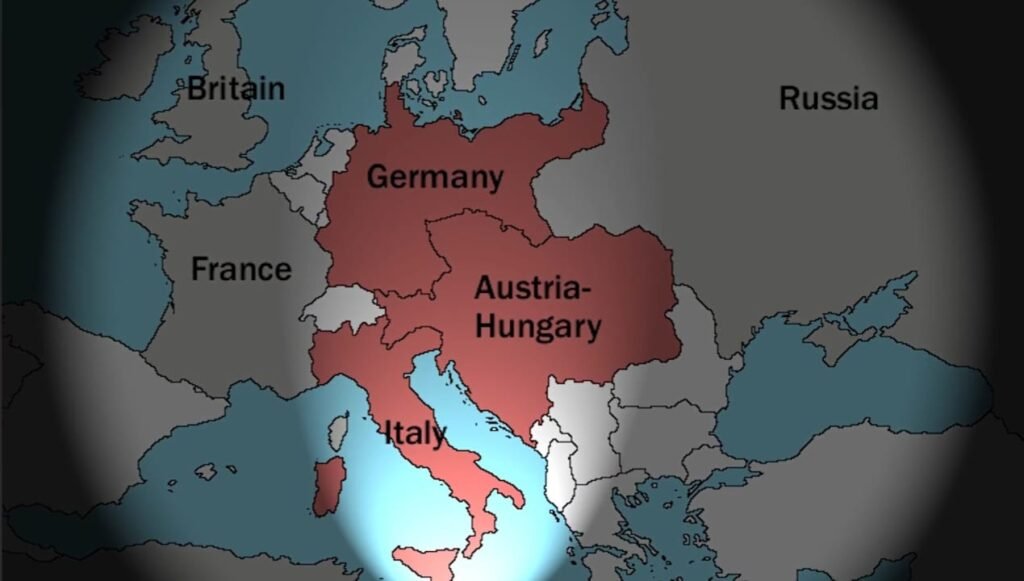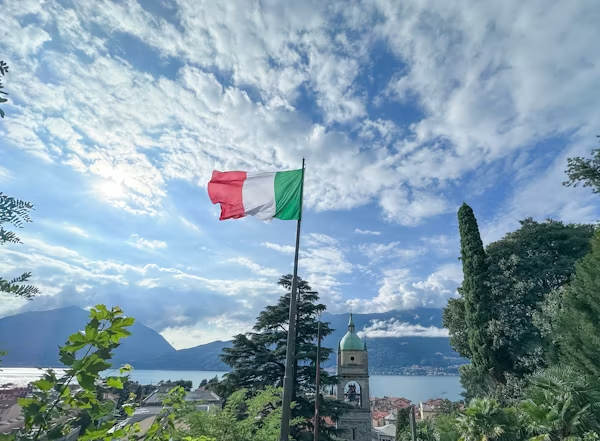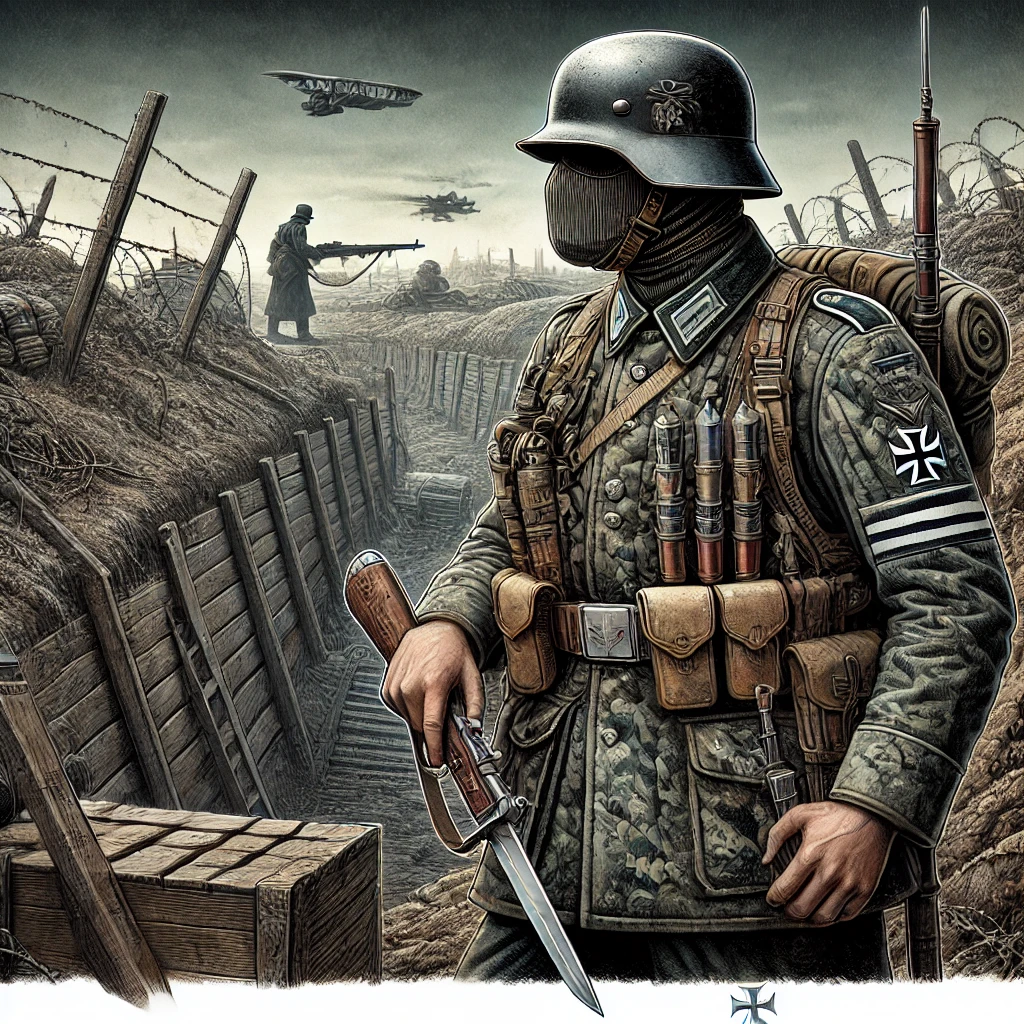Italy’s Recent Unification and Aspirations
Italian history was a fairly new thing. In fact, Italy had only been unified as a single nation in 1861. Now, the geographic concept of Italy, from the Alps to the southern tip of the peninsula, was ancient, but Italy hadn’t been unified since the fall of Rome over 1500 years earlier.
Italy in 1914: A Nation of Contrasts
But three wars of unification, mostly against Austria-Hungary and with occasional French intervention, did the trick, and Italian patriots led by Giuseppe Garibaldi had their nation. However, there was still land that was seen as Italian that was not part of that union, notably some of the Southern Alps and the port of Trieste that belonged to Austria-Hungary, and so the word that ultimately guided Italy’s entry into the war was “irredentism” — redemption. Redemption of Italian territory.
Giolitti’s Era and Political Landscape
If we take a look at Italy in 1914, its population was around 35 million, making it the sixth-largest European nation, but Italy was poor and mostly agricultural, and compared to the other large nations of Europe, was undeveloped. The per capita income, for example, was only half that of France’s, and illiteracy was high. On top of this, Italy produced little steel and was dependent on British coal, and was not even independent in terms of food supplies, relying on imported wheat to survive.
Also, even though Italy may be united as a nation, there was no real sense of nationhood among large parts of the population, or even ethnic unity. In terms of just language, a Venetian and a Sicilian could not understand each other. The Italian language was the dialect of Florence and was widely spoken only among the elite. The unification had also not brought forth the much hoped-for social revolution, and power was concentrated among landowners and industrialists, which fostered resentment and political turmoil. Indeed, a quote from post-unification went like this, “Now we have made Italy, we still have to make the Italians.”
Radicalism and the Call for War
In terms of political structure, Italy was a constitutional monarchy, with Victor Emmanuel III sitting on the throne, as he would until after the Second World War. This era was politically dominated, though, by Prime Minister Giovanni Giolitti. In fact, the period from 1901 to 1914 is called the Giolitti era. He was a master of transformismo, which was the art of isolating the extreme right and left wings in politics and making a centrist coalition.
He was a liberal who passed a series of progressive social reforms that improved the general standard of living, but he was no longer Prime Minister when the war broke out. Then He had been replaced in early 1914 by conservative Antonio Salandra.
Giolitti had been hated by a lot of the extremists, especially those who were for irredentism. They considered him petit bourgeois and thought his ideas were small and lacking substance. I should point out that there were a LOT of extremists in Italy, and the radical movements there were more violent than most others throughout Europe. Even in the arts, if you look at futurists like sculptor Umberto Boccioni or the poet Gabriele D’Annunzio, you see people that were national heroes extolling the virtues of everything modern — cars, guns, speed, flight, and ultra-nationalist ideals of war like this: “We want to glorify war — the only hygiene for the world — militarism, patriotism… beautiful ideas to die for.”
Italy’s Pre-War Military Adventures
Italy had actually been trying itself out on the world stage for years before World War One, notably in the Italian-Turkish war in 1911 and 1912, which did secure Libya for Italy but was economically ruinous for Italy and required a huge commitment in men.

The Triple Alliance and Italy’s Neutrality
Back in 1882, Italy had entered the Triple Alliance with Germany and Austria-Hungary. This was a defensive pact, which said that if any of the three was attacked by a single nation, the other two would not intervene, but if attacked by two or more, then they would defend each other. It was originally due to expire July 8, 1914, but was renewed in 1912 with the addition of Article VII. This article “…guaranteed both signatories — in this case, Italy and Austria-Hungary — guaranteed both signatories compensation should either make a permanent or temporary gain of territory in the Balkans.”
So this is really important. In July 1914, a couple of weeks after Franz Ferdinand’s assassination, Italy’s foreign minister warned Austria that if Austria went to war against Serbia, Italy demanded compensation under Article VII. Austria said they had no territorial ambitions, but then issued the ultimatum to Serbia without informing Italy, and the Italian government felt that Austria was breaking the terms of the Article and decided on strict neutrality, and thus Italy was exempt from its obligations.
And that was it.
Italy’s Pre-War Military Adventures
That wasn’t it. The declaration of neutrality threw the public into turmoil. There were strikes and demonstrations and as the months went on, the question began to be, not would Italy join the war? But rather, on whose side? There were, as I said, a lot of hotheads who really wanted a war in general, but specifically those who really wanted that Austrian land. The cabinet was pretty anti-Austrian, and Salandra, the new Prime Minister, supported entering the war on the side of the Entente.
The winter of 1914-1915 was not a good time for Austria-Hungary. Humiliated in battle by Serbia, losing a huge symbol of Habsburg pride — the fortress of Przemysl — to the Russians, and even facing a Russian invasion, the situation had been pretty desperate. So if you were Italy, and you were going to join the war, which side do you think you’d join? Germany and Austria? Well, what would that get you? Austria apparently wasn’t going to honor its commitment to sharing spoils, would Germany?
But if you joined the Entente, with the Austrian Empire seemingly on its knees, you could take back your territory, control the Adriatic Sea, and become a power in the Balkans. Seemed pretty easy at the time. And remember, Austria was not popular in Italy, since what kind of an ally had land with 700,000 Italian-speaking people living on it? Also, and pretty important, Italy depended on France and Britain for food and energy, what would happen to that if she joined the Central Powers?
Evaluating the Sides: Why the Entente?
Let’s look at some moments from the start of the war and you can see the lay of the land a bit better. August 11th, Italy declares that it will maintain scrupulous neutrality toward Germany and Austria-Hungary, but if there is a change in equilibrium in the Balkans, Mediterranean, or Adriatic, it will join France, Britain, and Russia. August 12th, French President Raymond Poincaré tells the Italian ambassador that after the war when Europe is reconstituted, Italy will have the role she deserves. The Russian ambassador says that Italy will only get land if she earns it with arms. August 21st, Luigi Cardona, Italian army chief of staff, writes a memorandum on eventual conflict with Austria-Hungary.
And as the winter went on and Italy laid out enormous demands for territory from Austria to remain neutral, Austrian Foreign Minister Baron Istvan Burian says, “When I have an empty pistol at my chest, I don’t hurry up to take out my wallet, but wait until the pistol is loaded before making up my mind.”
Negotiations and the Treaty of London
In March, Italy presented British Foreign Secretary Edward Grey with 16 requests if Italy should join the Entente. Grey says they agree in general but need to work on the details. Also in March, Salandra tells the King that there will be a revolution if Italy does not join the war. April 11th, violent interventionist demonstrations, during which a certain pro-war Benito Mussolini is arrested. And April 26th, the Treaty of London is signed by Italy, Britain, France, and Russia.
Under the treaty, Italy gets South Tyrol, Trieste, Albania as a protectorate, the Adriatic Islands, a piece of Turkey when the Ottomans are defeated, colonial additions in Africa, 50 million pounds, and no pope to be present at the eventual peace conference. In return, Italy will not conclude a separate peace after joining the war.
The Final Push for War
It takes another month for Salandra to sell the war to the general public, who largely oppose war, but sell it he does, and on May 23rd, Italy declares war on Austria-Hungary.
What really was the final tipping factor was this: the interventionists, the futurists, the military, the romantic nationalists, the irredentists — those who wanted the war on both the left and the right — had a single goal, while the neutralists — like the Catholic Church and the Socialists — were too opposed to each other to unite, and so Italy went to war.





One thought on “Italy in WWI”
[…] empire. The six great powers of the time, Britain, France, Germany, Austria-Hungary, Russia, and Italy, had combined military spending of around £94 million in 1870. And by 1914, it had increased to […]